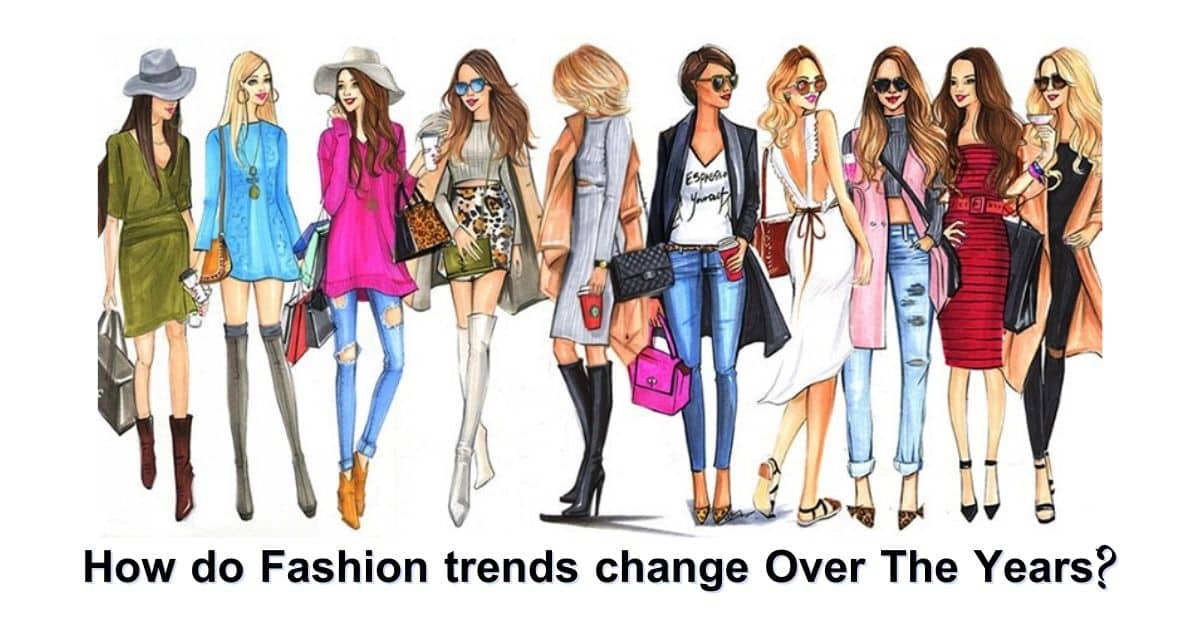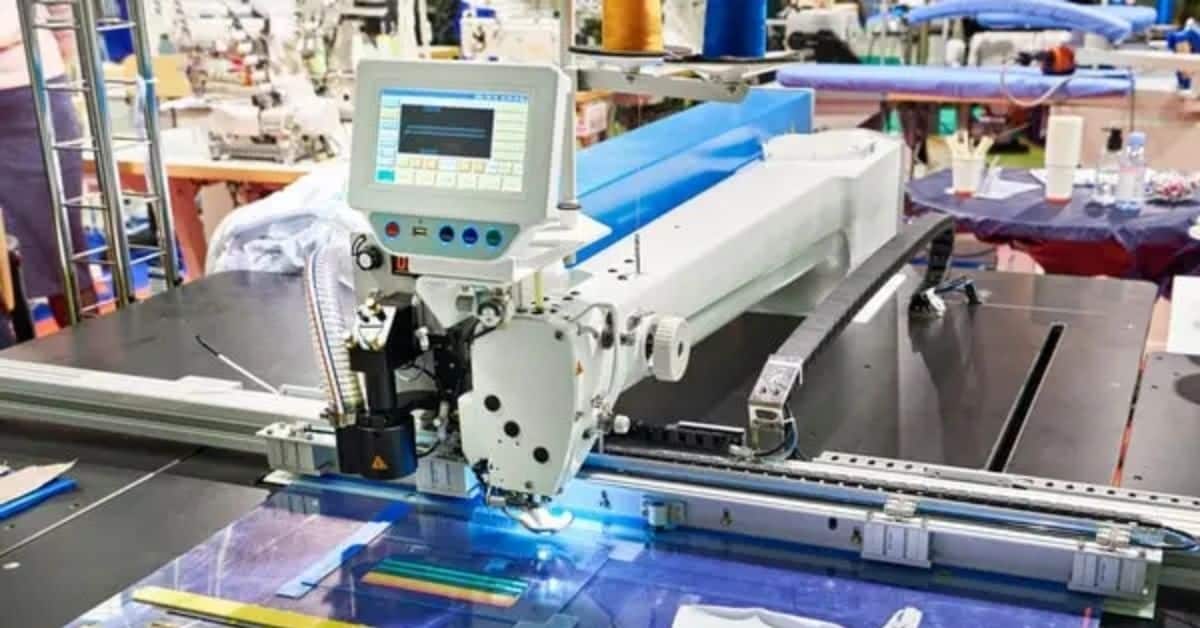For most individuals all around the world, fashion is a fascinating subject. Fashion follows a person wherever they go. There is a lot to learn, from deciding what to wear for the day to walking down the street and looking at what others are wearing, passing by fashion magazine stands, following fashion trends and accounts on various social media platforms, and copying favourite style icons about fashion. The fashion industry changed always, like everything else, and evolved with time. Let’s know about how fashion has changed over the years.
Table of Contents
In this context, we get an idea of How the Fashion Industry has Changed Over Time.
How has fashion changed over the years?
Clothing was created to address the essential requirement for body covering, providing warmth or coolness, protection, and maintaining one’s modesty in its original form. Still, it has evolved to more sophisticated forms. Clothing is now utilized to express oneself aesthetically, draw attention to oneself, enhance bodily attributes, conceal insecurities, and display attractiveness. The invention of body covering by man laid the groundwork for developing contemporary clothing. Evidence shows that man’s earliest clothes were made from twigs from tree branches, leaves, and even the hides and skins of hunted animals.
How has fashion changed over time? Clothing has also been utilized to signify man’s religious views and inclinations, as well as the location he occupies, throughout history. Clothing has also conveyed people’s political, cultural, and social ideals. Following the discovery of new raw materials in the textile industry, the evolution of the fashion industry has occurred as a result of man’s desire to make products that provide him with better service in terms of garment structure and function.
Factors Impact on Fashion
Many factors have an impact on fashion. Location, era, financial capacity, personal taste, occupation, social occasion, gender, and other cultural and personal preferences all influence how clothing appears. Fashion allows you to express yourself in a variety of ways. Even in nations and eras where clothing choices are limited regarding the amount of skin displayed, a person can sell experiments with colours designs and mix and match their clothes to suit their preferences and skills.
Evolution of fashion industry
Fashion Industry Changed Over Time. Certain cultural boundaries, celebrities, trends, and what makes one stand out can all impact a person’s dress choices. Students nowadays make it a point to plan and design their college clothing before the school year begins. Most working adults who are not required to wear uniforms prefer to plan their outfits for the entire week ahead so that they are not concerned about what they will wear to work each morning.

Visiting tailors and seamstresses was the norm before the late nineteenth century. Clothes are tailored to an individual’s body proportion rather than purchased in stores. Every item of clothing a person wore was designed precisely for them. This increased the cost of clothing, but it did not have a significant impact on the environment.
Sustainable Fashion most significant changes in fashion
Sustainable fashion is the most popular in today’s fashion world. Mass production is no longer acceptable, and consumers are urging others to abandon their devotion to firms that refuse to help save the environment. Consumers are becoming more concerned about what they buy, and ethical fashion companies that recycle plastic or unsold garments into new clothing are becoming more popular. Fashion has progressed from a necessity to something used for aesthetic purposes. Things will turn out well in this new landscape consumers have created for the fashion industry.
Advancement of Textile Production
Textile production began with the development of technology and techniques for converting plant and animal fibers, such as flax, wool, or cotton, into fabrics. It takes a lot of labor and skill to separate these raw materials into individual strands and tie them together to make fabrics. It is a complex, time-consuming craft that necessitates expertise and dedication. This is why it is considered artistic craftwork.
As expected, the first technological advances in the textile industry are focused on the processing and producing textile fibers. Textile processing tools of wood or bone combine, braid, or cut fibers into yarns and fabrics for clothing production. In this we we can define how fashion changed over the years.
Because the knotting and braiding processes were time-consuming and limited, our forefathers learned to spin, allowing them to produce more yarn in less time, with better quality and greater complexity. The invention of automatic spinning machines in the textile industry resulted in unprecedented productivity and agility, allowing for increased production. Numerous technological advances in machinery have revolutionized the fashion industry.
The majority of the advancements were in the areas of fiber extraction and processing, fabric manufacturing, and sewing machines. Technological advancements, such as the development of artificial fibers and nylon, as well as new dyeing and fabric cuffing processes, have given designers more creative flexibility. This symbolizes the beginning of fashion as we know it today, as well as the age that would elevate the fashion designer to a prestigious figure with respect and social standing.
With the idea of mass production, the twentieth century ushered in a new era in fashion. Initially established to produce military uniforms in Europe, it gradually spread to the rest of the industry, speeding up industrial automation. Fashion became a source of trends, and the emergence of ready-to-wear items changed in fashion our connection with clothing.
Many advancements, like laser cuffing, 3D printing, artificial intelligence, and robots, were made possible by digital technologies, which allowed for the automation and digitization of many production processes, transforming fashion design.

From fabric weaving decisions to size designs, from digital printing, laser cutters, and embroidery machines, these operations became automated with the introduction of Computer-Aided Design (CAD) and Computer-Aided Manufacturing (CAM).
The ease with which computer technology enables more creative use of colors, forms, and patterns, extending the product lifecycle across the supply and production chains by displaying specific pattern needs such as seams, print layouts, fabric cuts, and colors.
The growing use of 3D design and digital technology is reshaping processes ranging from product design and development to supply and production chains, distribution and sales of fashion items, and empowering marketing activities. Design and production streamlining allows organizations to operate more swiftly and precisely, decreasing manufacturing costs and shortening the production cycle.
The integrated use of digital technologies is driving a dramatic shi~ in corporate culture that necessitates the constant challenge of the status quo, stimulating brands to rethink their relationship with their consumers, disrupting the supply chain and reshaping apparel manufacturing, paving the way for more sustainable fabrics and production methods.
Conclusion
Finally, there is no doubt that how fashion has changed over time. The fashion industry will always be one of the best, largest, and most innovative in the world. The fact that fashion is necessary ensures that the industry will never be considered obsolete. As a result, it will only continue to improve and revamp outdated looks to make it modern again. This how has fashion evolved.
Fashion will never go out of style, with so many people prioritizing self-expression. Fashion will continue to evolve and grow as long as there are people to dress and stylists who can find new ways to reinvent an old style. Fashion’s evolution will always be exciting because it is an industry full of promise and limitless creativity. And the textile industry will continue to make strides in the manufacturing industry.

Your way of telling the whole thing in this article is actually good,
every one be able to easily be aware of it, Thanks a lot.
Can you write more about it? Your articles are always helpful to me. Thank you!
Your articles are very easy to understand thankyou for giving such information. I want to read more about sustainable clothing.
So interesting. I can see textiles bringing more innovation to athletic wear through this technology.